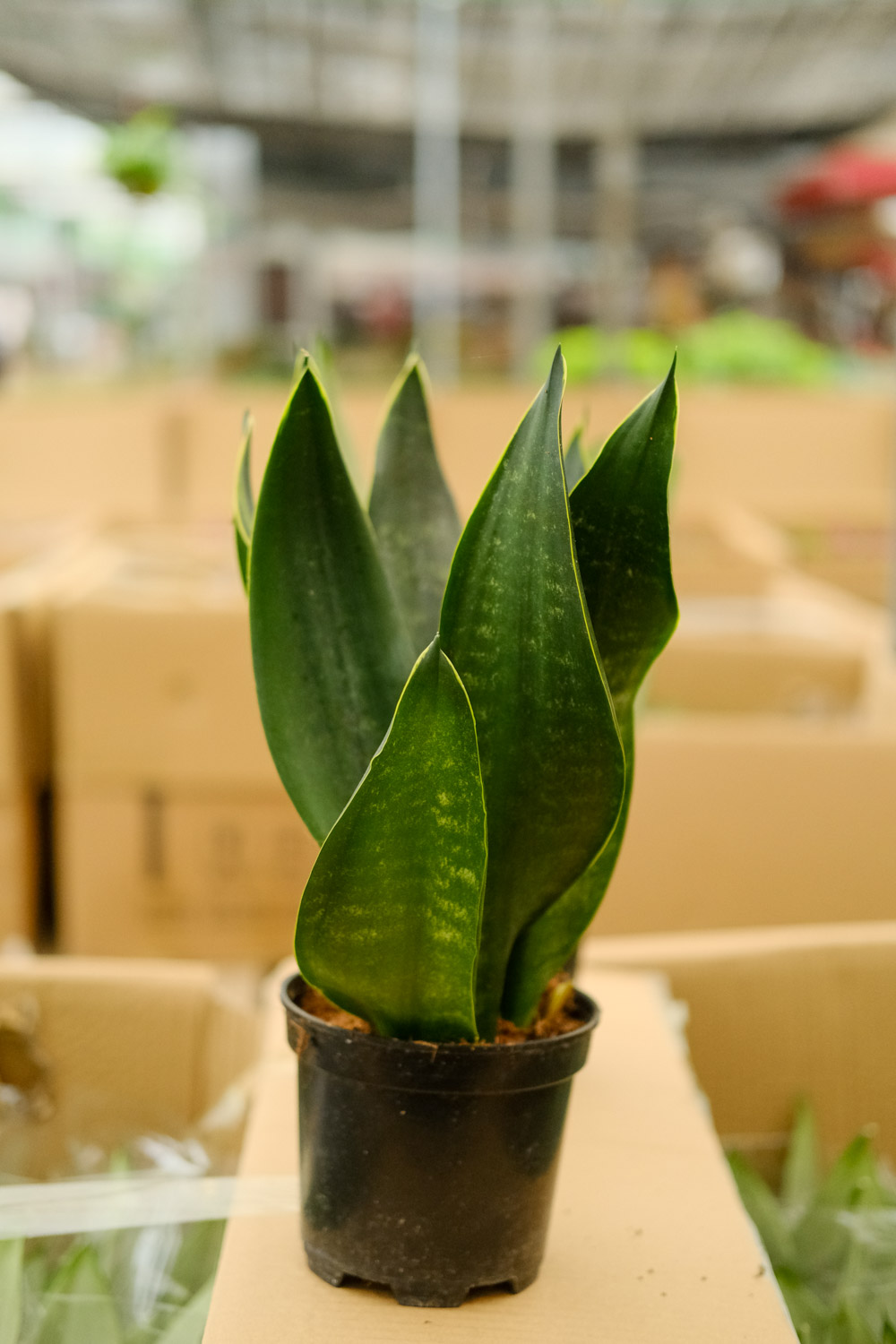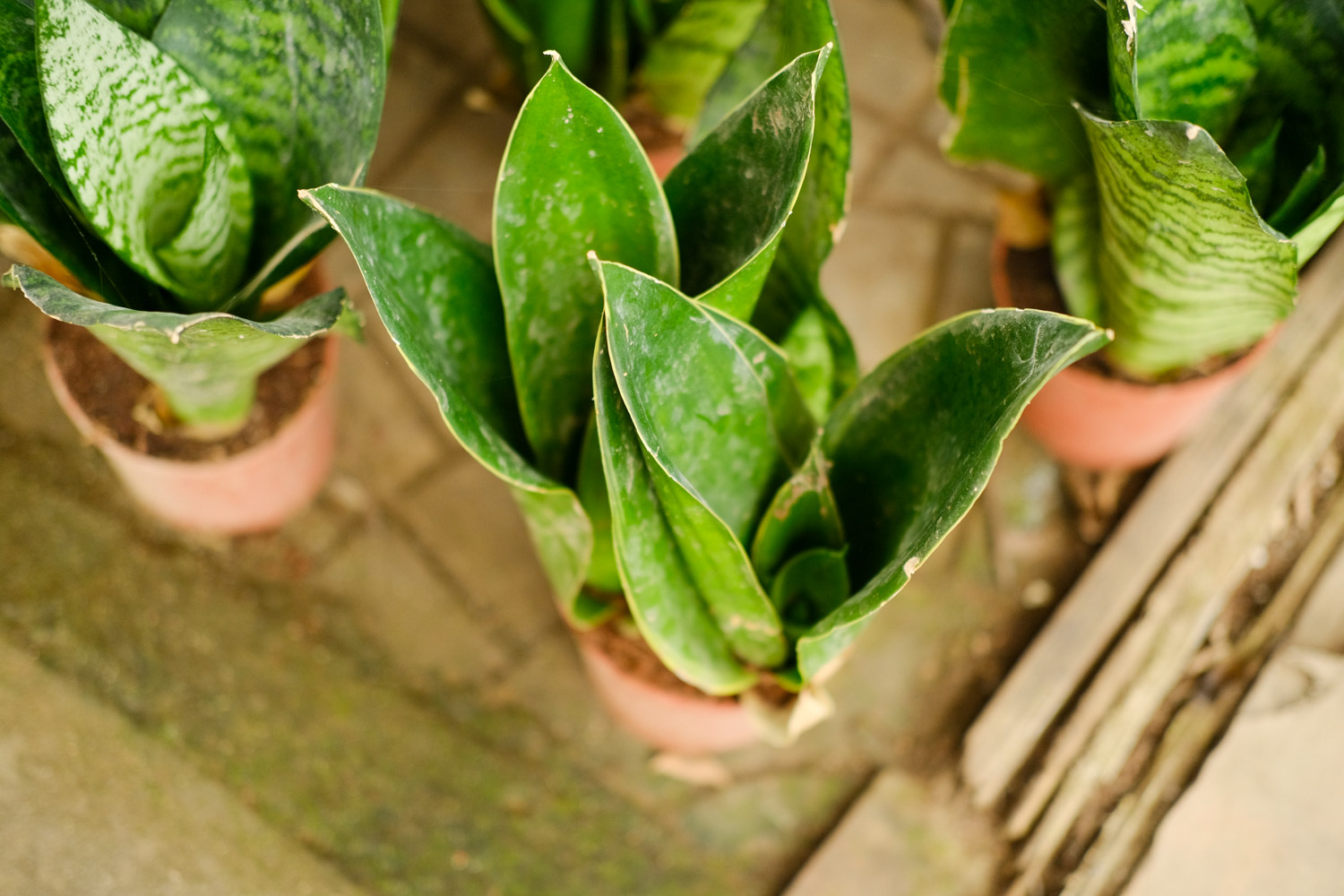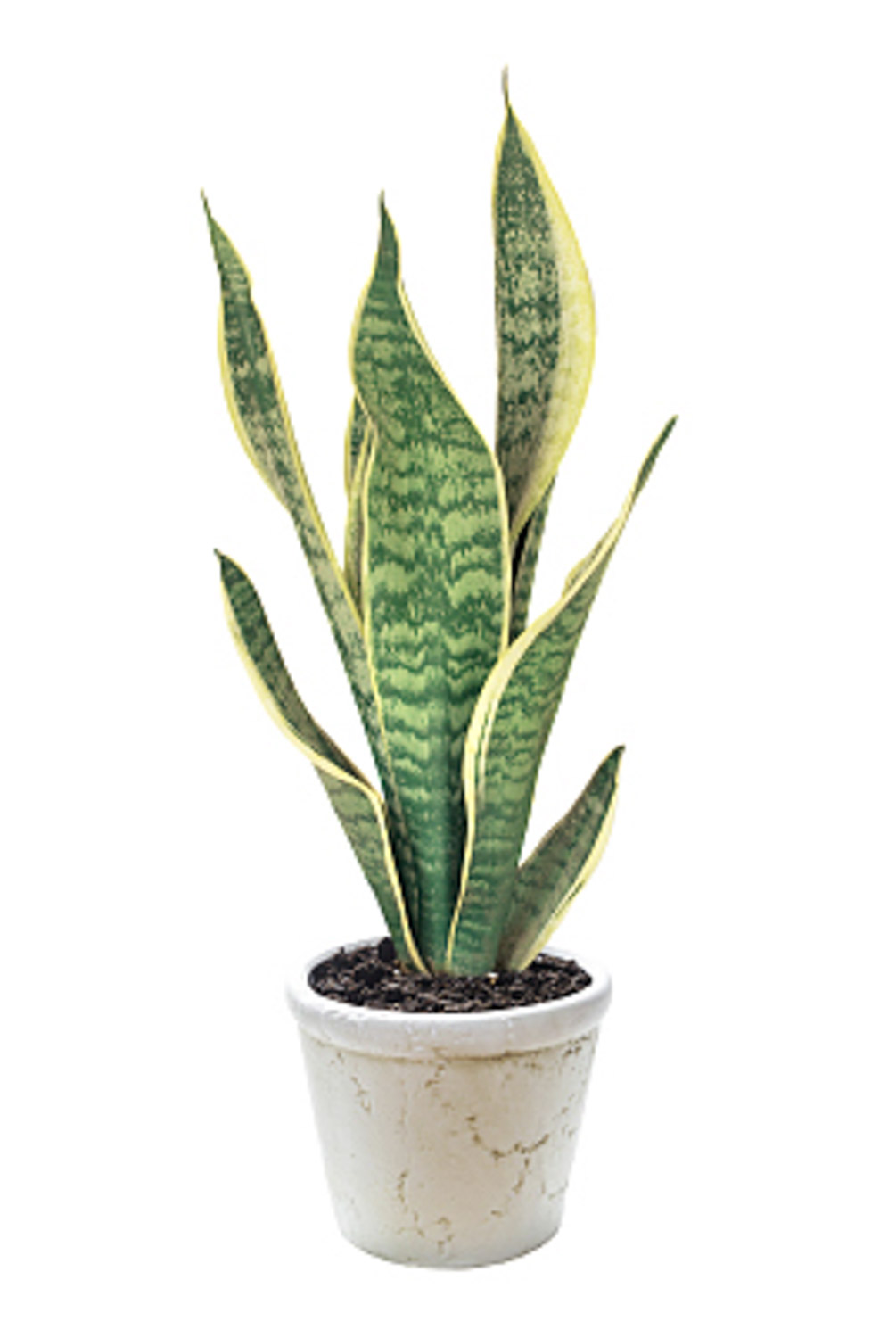1、 Soil
The most important thing about the soil for raising hupilan is to have better drainage capacity. In addition, it would be better if it could be loose and fertile. Therefore, we can mix peat soil, rotten leaf soil, sandy soil and perlite in the proportion of 4:3:2:2 to raise it, or configure its soil in the way of garden soil: rotten leaf soil: Sandy Soil = 5:2:3
2、 Moisture
Hupilan belongs to the type that is afraid of waterlogging and drought, so we should water less rather than more, dry rather than wet. Except that it needs to keep the basin soil moist when it grows new leaves in spring, it is better to make the soil dry in other seasons

3、 Illumination
Although hupilan has a certain shade tolerance, it grows better in sunny conditions. At ordinary times, it's best to put it under the sun to receive direct sunlight. There's no need to worry about sunburn
4、 Temperature
Hupilan likes to grow at 20-30 ℃. When cooling down at the end of the year, move it to the house and adjust the temperature to above 5 ℃. In summer, measures should be taken to cool down and control the temperature below 30 ℃

5、 Precautions
1. Don't suddenly see the light. Generally speaking, we will put hupilan in places with less light, such as desks and living rooms. After a long time of growth, it will gradually adapt to this environment. At this time, it will have adverse reactions when it is suddenly exposed to strong light
2. Change the basin in time. The growth rate of hupilan is relatively fast. When it is found that it is full of a basin, it should be replaced with a larger new basin in time to ensure sufficient growth space


 jackfruit
jackfruit snake plant
snake plant hibiscus
hibiscus hydrangea
hydrangea lavender
lavender Green roses climb al...
Green roses climb al... If you don't pay att...
If you don't pay att... Management of four g...
Management of four g...

































